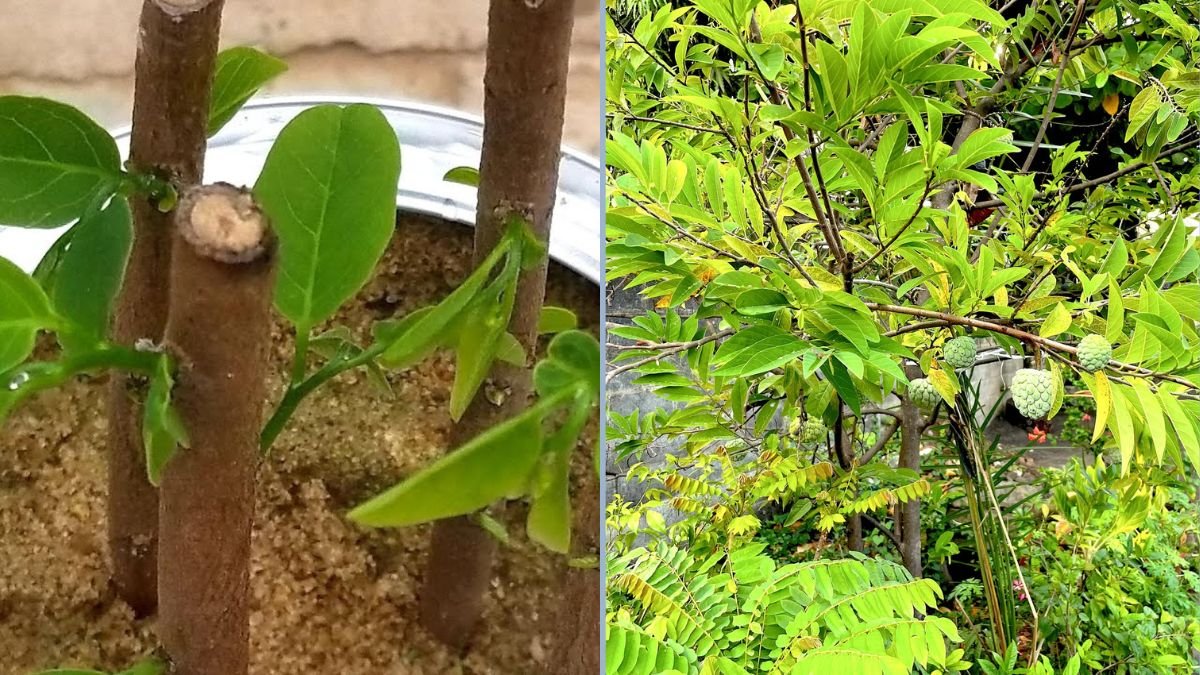Sugar apple (Annona squamosa), also known as sweetsop or custard apple, is a tropical fruit tree renowned for its sweet, creamy, and delicious fruits. Beyond its delightful flavor, the sugar apple tree is valued for its ornamental beauty and medicinal properties. For gardeners and farmers looking to grow sugar apple trees efficiently, propagation plays a critical role in producing healthy, high-yielding trees.
While traditional methods like seed propagation are common, there are smarter, faster, and more reliable techniques to propagate sugar apple trees that ensure strong growth, true-to-type fruit, and quicker fruiting. This guide explains the best practices for propagating sugar apple trees, including step-by-step methods, tips, and long-term care.
Why Propagate Sugar Apple Trees Smartly?
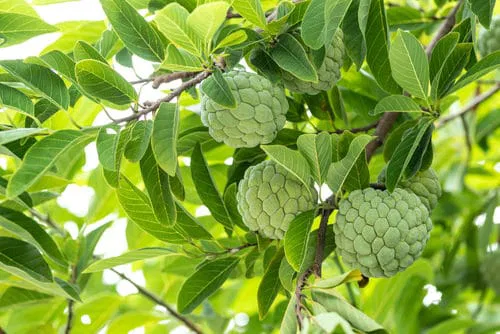
Propagating sugar apple trees using smarter methods offers several advantages:
- Faster fruiting: Certain propagation techniques produce trees that bear fruit sooner than seed-grown trees.
- True-to-type fruit: Ensures that new trees maintain the same quality, flavor, and characteristics of the parent tree.
- High survival rate: Optimized methods reduce the risk of failure compared to traditional propagation.
- Space-saving: Suitable for home gardens, container planting, and orchards with limited space.
- Disease resistance: Healthy propagation techniques reduce exposure to soil-borne diseases and pests.
Choosing the right propagation method is key to maximizing success and ensuring healthy, productive trees.
Step 1: Selecting the Parent Tree
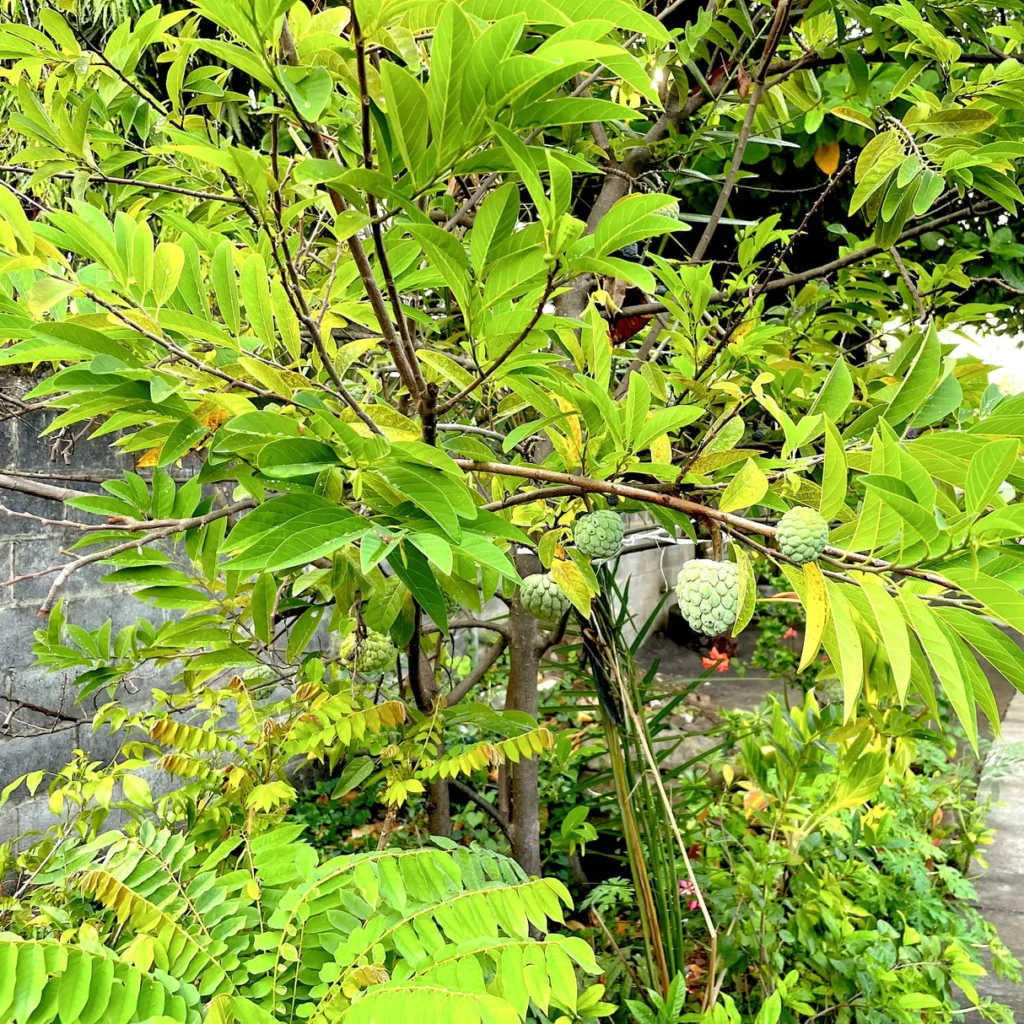
The first step in smart propagation is selecting a healthy and high-quality parent tree:
- Mature tree: Choose a vigorous, disease-free sugar apple tree that consistently produces quality fruits.
- Healthy branches: Select branches free from pests, diseases, or damage for cuttings or grafting.
- Fruit characteristics: Pick a parent tree known for sweet, large, and aromatic fruits.
Selecting the right parent ensures that the new plants inherit desirable traits and perform well in your garden or orchard.
Step 2: Choosing the Propagation Method
There are several methods for propagating sugar apple trees, but some are more efficient and reliable:
1. Seed Propagation
- Simple and inexpensive.
- Takes longer to bear fruit (usually 3–5 years).
- Fruit quality may vary from the parent tree due to genetic variability.
2. Air Layering
- Produces a clone of the parent tree.
- Faster fruiting (typically 2–3 years).
- High success rate when done correctly.
3. Grafting
- Combines a high-quality scion with a hardy rootstock.
- Ensures uniform fruit quality.
- Faster establishment and fruiting compared to seeds.
For a smart and reliable approach, air layering or grafting is recommended over seed propagation, especially for home gardens or commercial orchards.
Step 3: Preparing for Air Layering
Air layering is one of the smartest ways to propagate sugar apple trees because it produces a ready-to-root branch while still attached to the parent tree.
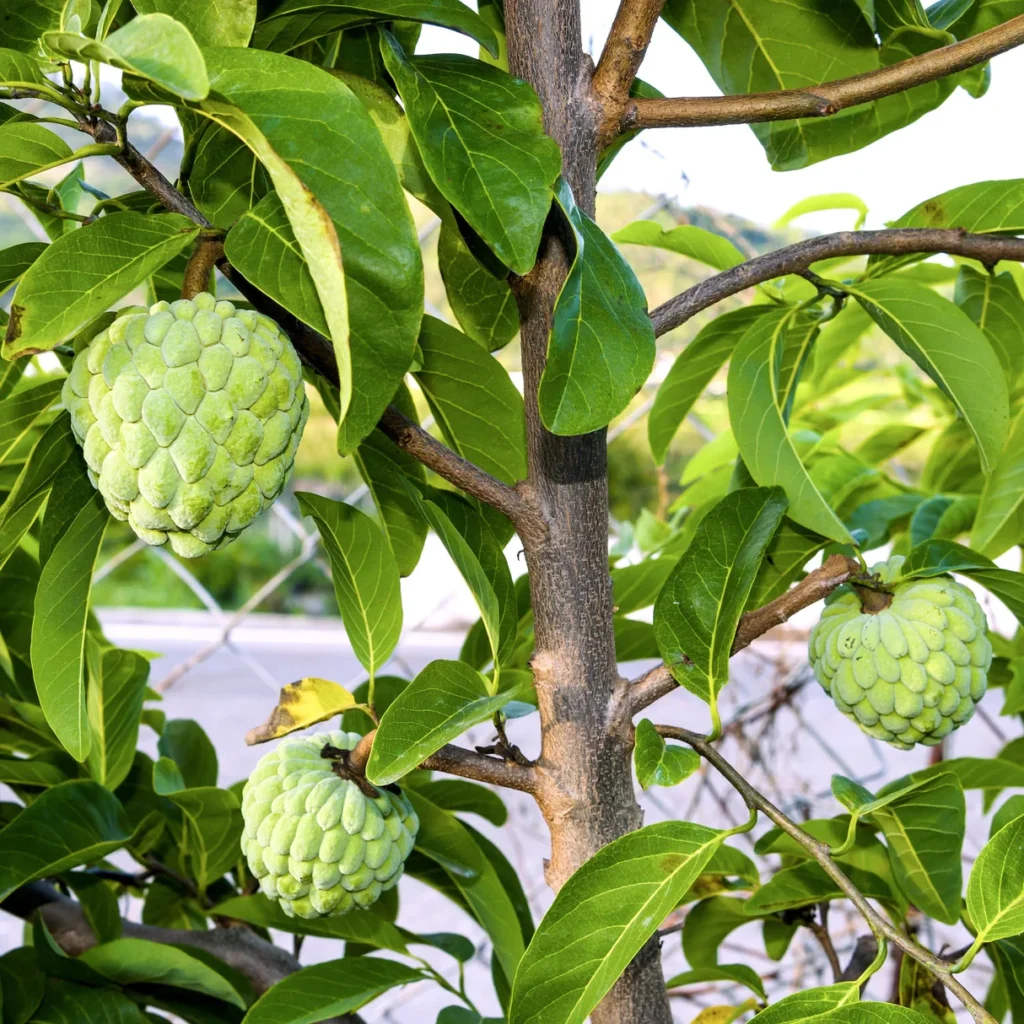
Materials Needed:
- Sharp knife or grafting tool
- Rooting hormone (powder or gel)
- Moist sphagnum moss or soil-coconut husk mixture
- Plastic wrap or polyethylene sheet
- Twine or tape to secure the setup
Steps for Air Layering:
- Select a branch: Choose a healthy branch approximately 1–2 cm in diameter.
- Girdle the branch: Remove a ring of bark about 2–3 cm wide to expose the cambium layer.
- Apply rooting hormone: Stimulates root formation on the girdled area.
- Wrap with moist medium: Use moss or soil around the exposed area.
- Cover and secure: Wrap with plastic to retain moisture and tie the ends securely.
- Monitor moisture: Keep the medium damp and shaded until roots develop.
Roots usually form within 4–6 weeks, depending on the branch size, climate, and care.
Step 4: Grafting Sugar Apple Trees
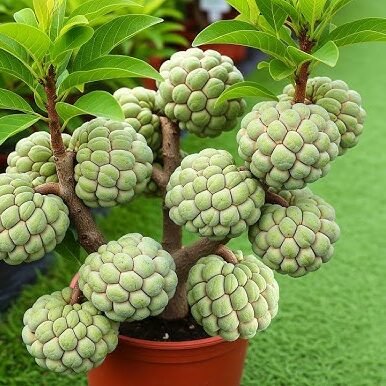
Grafting is another smart method for sugar apple propagation:
- Scion selection: Choose a branch from a mature tree with high-quality fruits.
- Rootstock selection: Use a young, vigorous sugar apple seedling.
- Grafting techniques: Cleft grafting or splice grafting are commonly used.
- Aftercare: Wrap the graft union with grafting tape and provide shade for several weeks.
Grafting ensures that the new tree produces the same quality fruit as the parent tree and reduces the time to first harvest.
Step 5: Seed Propagation for Beginners
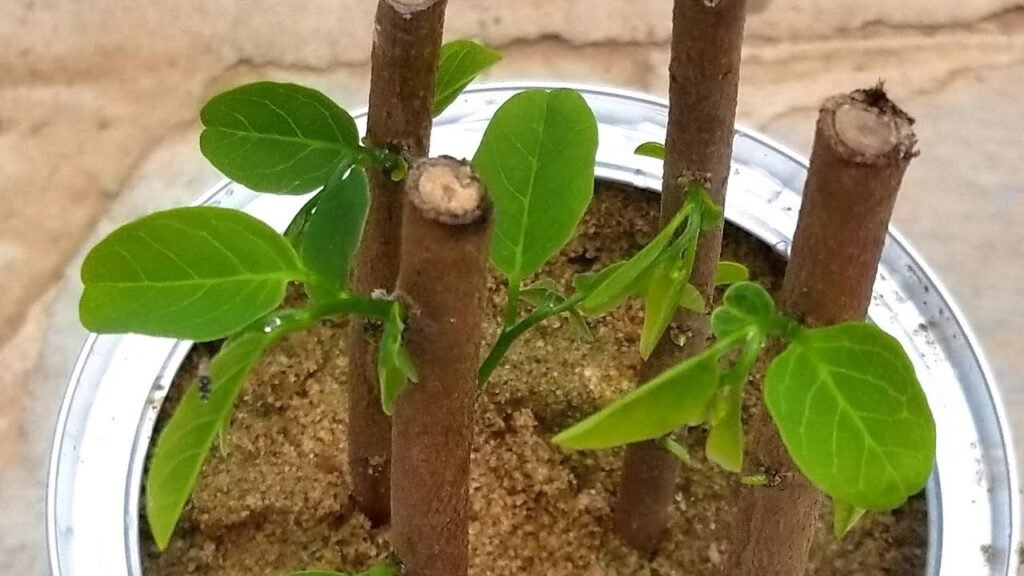
If you prefer seed propagation, follow these smart tips to improve success:
- Seed selection: Use seeds from fully ripe fruits, free of damage.
- Seed preparation: Wash and soak seeds in lukewarm water for 24–48 hours to improve germination.
- Germination medium: Use a mix of sand, soil, and compost in well-draining containers.
- Planting: Sow seeds 1–2 cm deep and maintain warm, moist conditions.
- Care: Provide indirect sunlight, regular watering, and protection from pests.
Seed-grown sugar apple trees take longer to bear fruit but are a low-cost option for home gardeners.
Step 6: Caring for Newly Propagated Trees
After successful propagation, proper care is essential for growth and fruiting:
Watering
- Keep soil consistently moist, especially for young plants.
- Avoid waterlogging, which can cause root rot.
Fertilization
- Apply balanced organic or NPK fertilizers monthly.
- Use compost or vermicompost to improve soil structure and nutrient content.
Sunlight
- Sugar apple trees need 6–8 hours of sunlight per day for optimal growth.
- Young trees may need partial shade in hot climates.
Pruning
- Remove damaged, weak, or diseased branches to encourage strong growth.
- Shape the tree to facilitate airflow and sunlight penetration.
Pest and Disease Management
- Monitor for mealybugs, aphids, and scale insects.
- Treat with organic pesticides or neem oil when necessary.
Proper care ensures that propagated trees establish quickly and grow into healthy, productive plants.
Step 7: Transplanting Air-Layered or Grafted Trees
Once roots have developed or the graft has taken:
- Choose a suitable pot or planting site: Large pots (10–20 liters) or well-drained garden soil.
- Soil preparation: Enrich with compost, well-rotted manure, and sand for drainage.
- Planting depth: Maintain the same soil level as in the nursery or air-layering setup.
- Watering: Water thoroughly to settle soil around the roots.
- Mulching: Apply mulch to retain moisture and protect roots.
Transplanting carefully ensures minimal shock and a higher survival rate.
Step 8: Time to Fruiting
Propagated sugar apple trees typically bear fruit faster than seed-grown trees:
- Air-layered or grafted trees: 2–3 years to first fruit.
- Seed-grown trees: 3–5 years to first fruit.
- Fruit characteristics: True-to-type trees produce large, sweet, and creamy fruits.
Regular care, proper fertilization, and pest management improve fruit quality and yield.
Step 9: Smart Tips for Successful Propagation
- Always choose healthy parent trees with desirable fruit qualities.
- Use sterilized tools to prevent disease during cutting or grafting.
- Maintain moisture in the rooting medium without overwatering.
- Provide partial shade for young trees during extreme heat.
- Monitor for pests and treat early.
- Fertilize regularly with organic matter and balanced nutrients.
- Prune strategically to maintain tree health and productivity.
- Be patient—trees propagated through smart methods reward careful attention with faster, high-quality fruiting.
Conclusion
Propagating sugar apple trees using smart techniques like air layering and grafting offers numerous advantages, including faster fruiting, high survival rates, and consistent fruit quality. While seed propagation is also possible, air layering and grafting ensure true-to-type trees and reduce the waiting period to harvest.
By selecting healthy parent trees, preparing materials carefully, following proper propagation methods, and providing consistent care, gardeners and farmers can establish healthy, productive sugar apple trees efficiently. With patience, attention, and these smart strategies, you can enjoy a bountiful harvest of sweet, creamy sugar apples from your own garden.
Growing sugar apple trees smartly is not just about speed—it’s about ensuring quality, sustainability, and long-term success for your fruit garden. Whether for home enjoyment or commercial cultivation, these propagation techniques empower growers to produce healthy trees that yield delicious fruits year after year.
